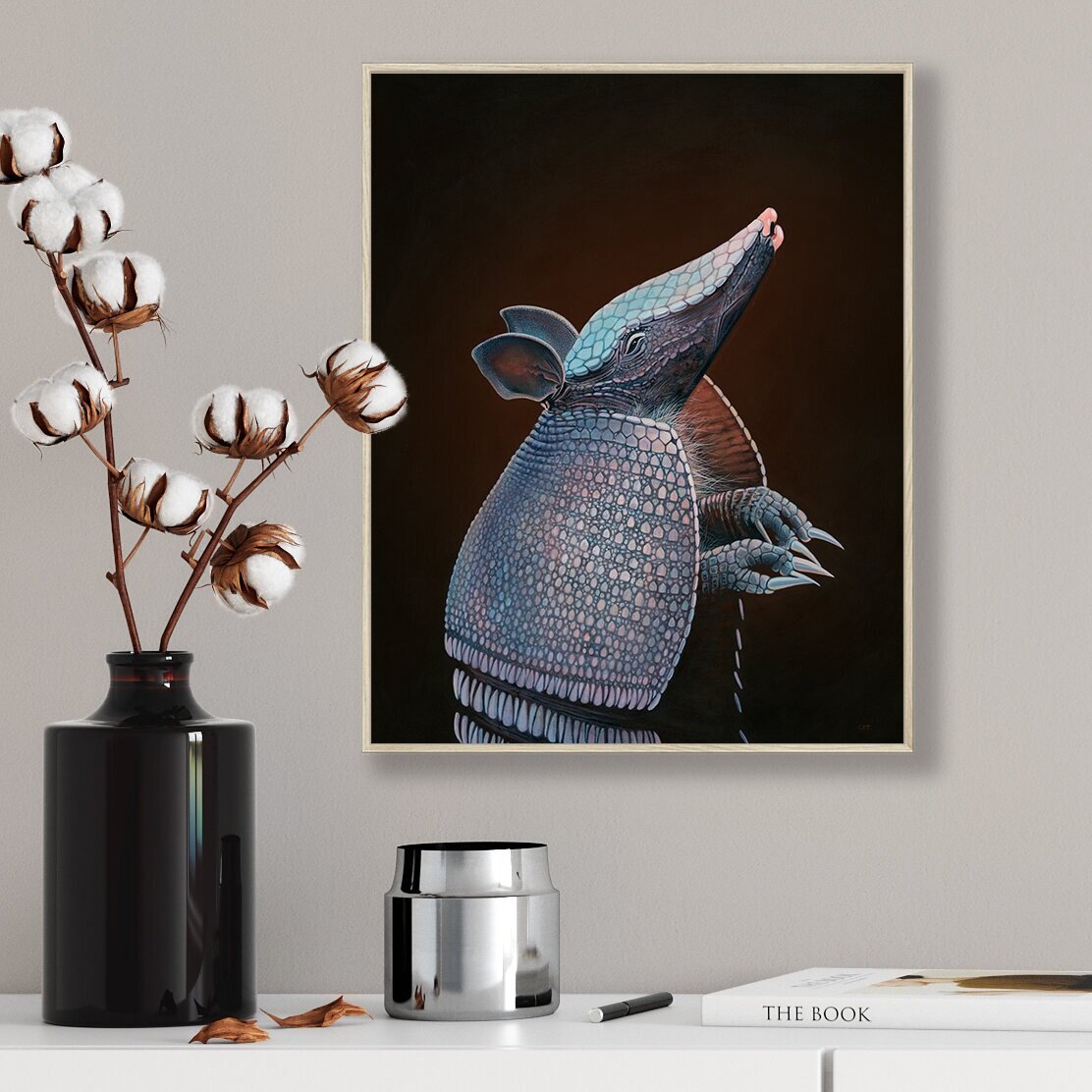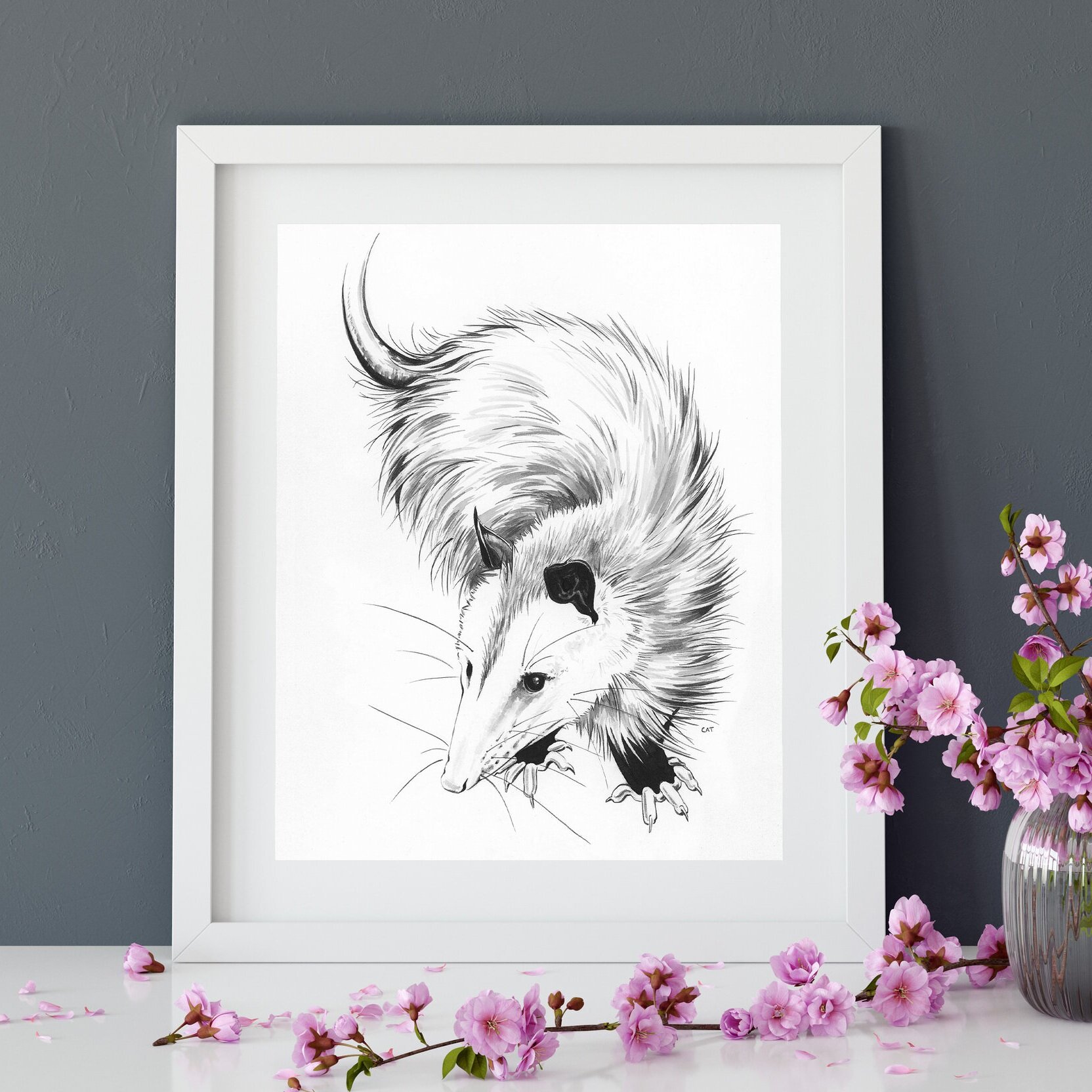



UNUSUAL BEAUTIES
It is my pleasure to introduce you to 3 under appreciated beauties: Virginia opossum, aye-aye and the nine-banded armadillo. This collection aims to highlight the beauty of these creatures and their vital rolls within their ecosystems.
~ Special Thanks ~
VIRGINIA OPOSSUM
The Virginia opossum, nature's clean up crew. This vital member of our ecosystem helps to remove rotting plants and decaying animals. As a result, the opossum helps to control the spread of diseases and have picked up some very unique set of defense skills in the process. The Virginia opossum also do more than their fair share of controlling tick populations each year and are known to feast on rodents and venomous snakes too!
LEARN MORE
The Virginia Opossum
Join Kristin Lamb from the Center for Wildlife and I as we discuss the misunderstood Virginia opossum, its vital role in the ecosystem and meet the Center's non-releasable opossum, Ophelia.
THE AYE-AYE
Located on the island of Madagascar, the misunderstood aye-aye is struggling to overcome generations of stigma as bad omens of death based solely on their unusual appearance. Contrary to these misconceptions aye-ayes are quite gentle and solitary, keeping to themselves up in the trees.
Often referred to as Madagascar's woodpecker this unique lemur has adapted to fill the roll of consuming wood boring bugs and grubs. Widely known for it’s long skeletal fingers, the aye-aye’s uniquely long middle finger is perfectly adapted for finding well hidden grubs tunneling inside tree branches. Using a method similar to echolocation, it taps on wood rapidly while cupping its large ears listening for the echos of insect tunnels.
More information about this very special lemur can be found on the Duke Lemur Center’s website, www.lemur.duke.edu While your there check out their symbolic Adopt-a-Lemur program and help support the care of these very special lemurs and the Center’s research and conservation efforts.
NINE-BANDED ARMADILLO
It is my pleasure to introduce to you the nine-banded armadillo, which translates from Spanish as “little armored one”. These under appreciated beauties play a vital role in our ecosystem controlling insect and bug populations. Similar to anteaters they use their long sticky tugs to lap up insects quickly, consuming up to 40,000 ants during one meal. Their tough impenetrable shell offers protection from predators.
















